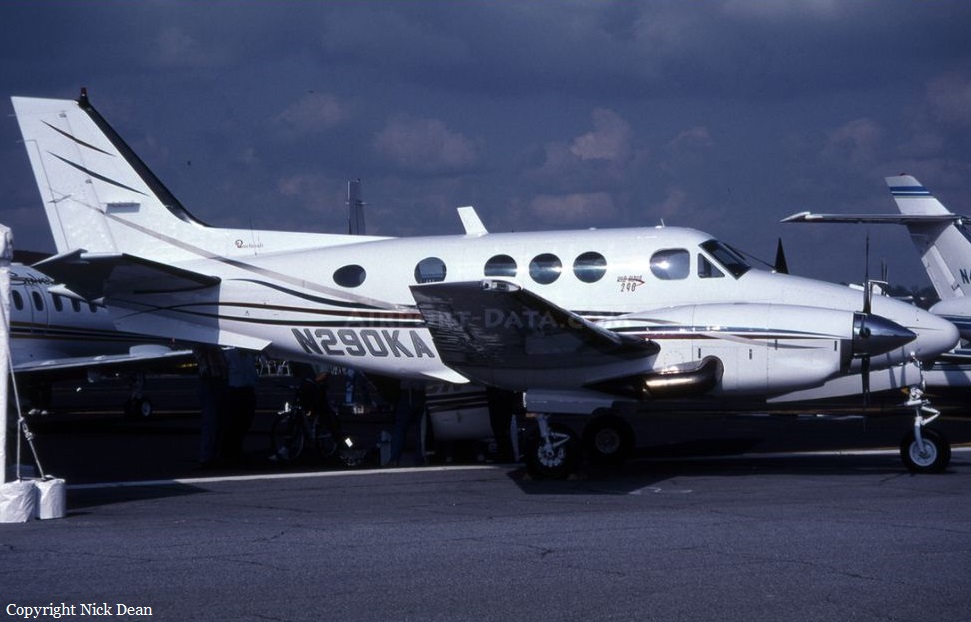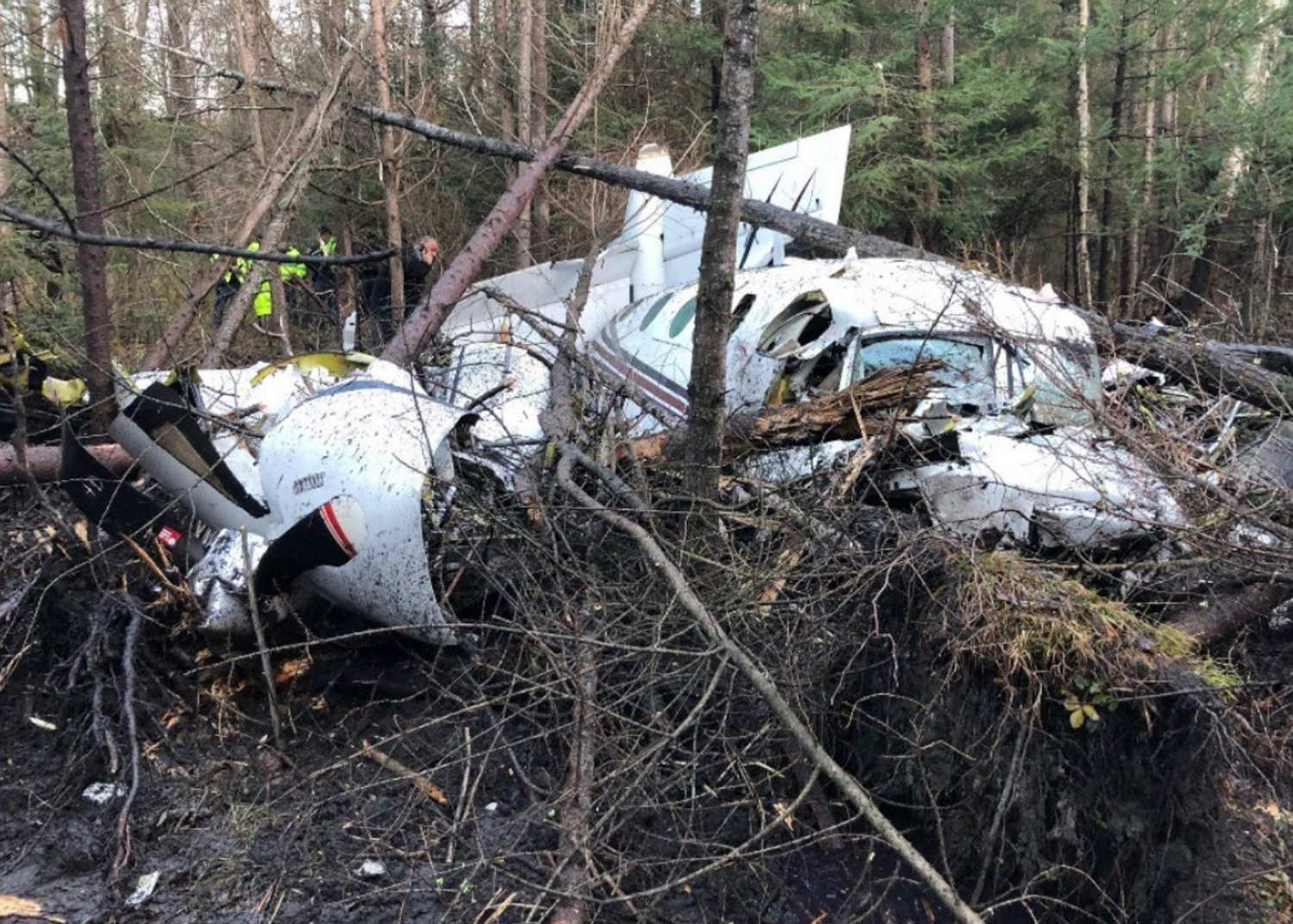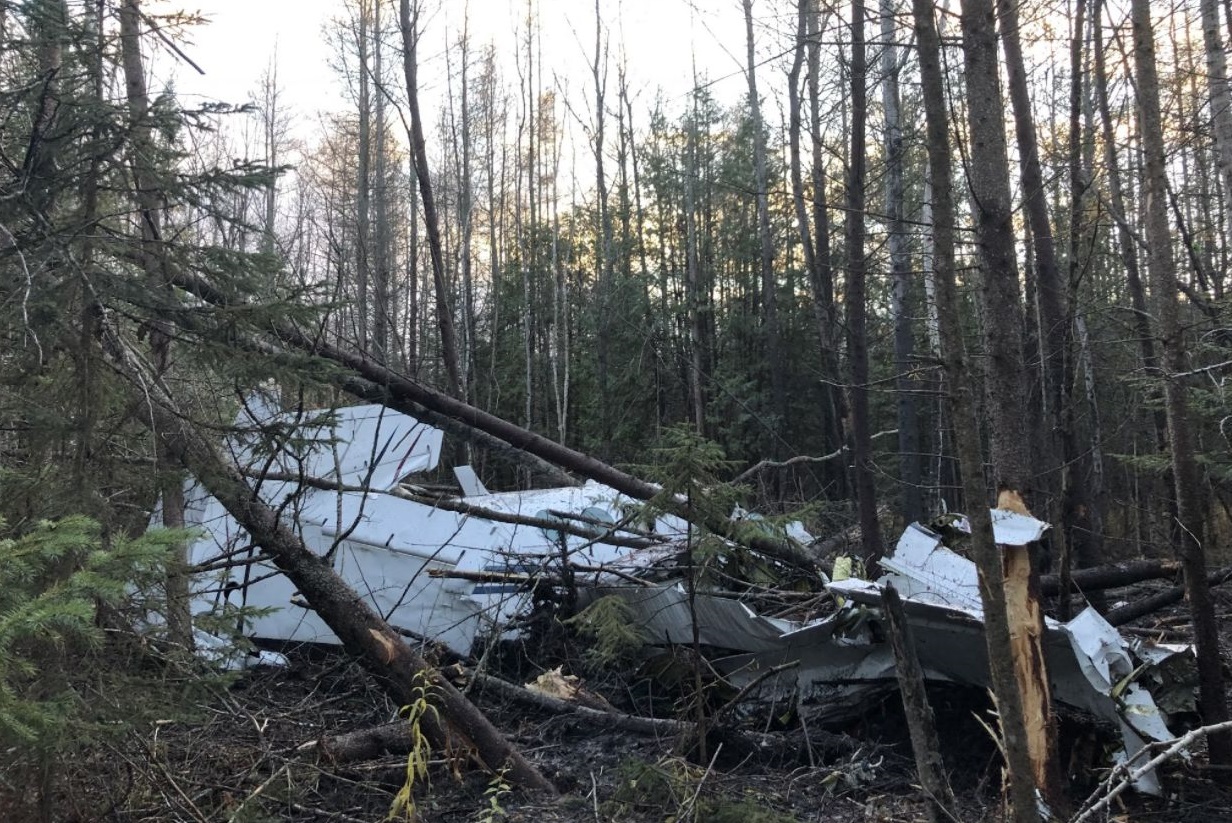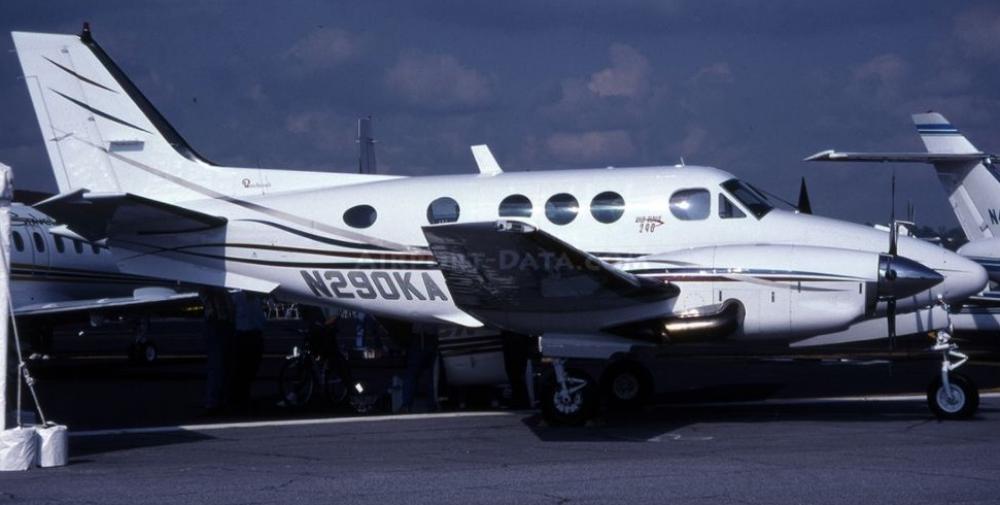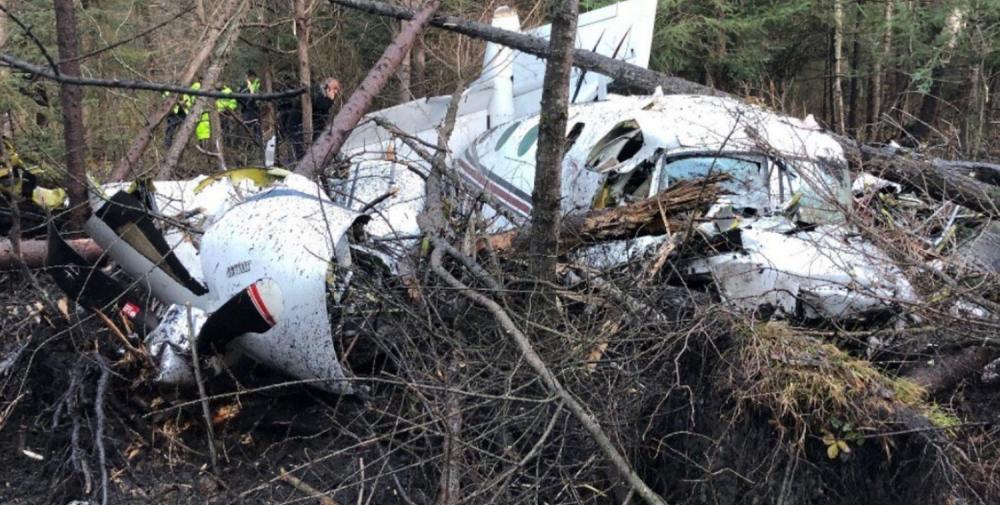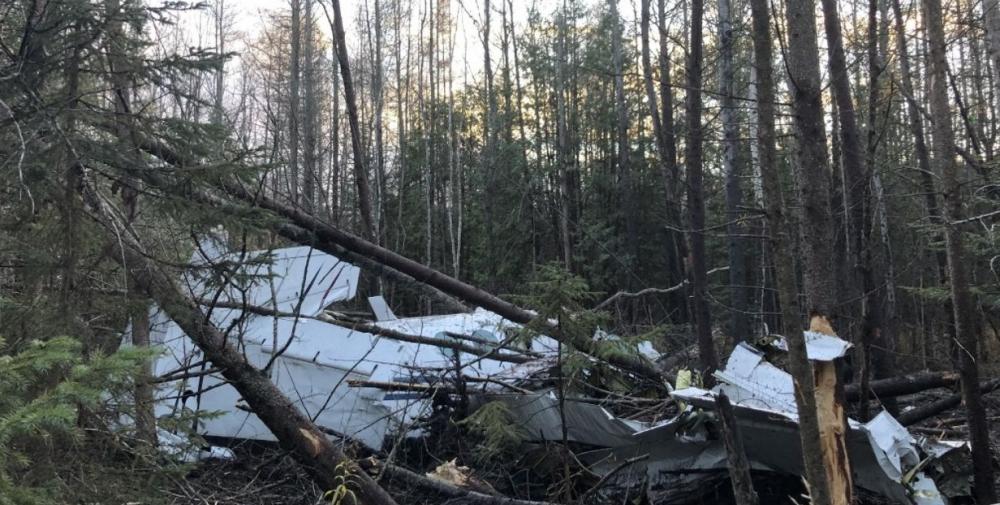Date & Time:
Nov 15, 2021 at 1245 LT
Type of aircraft:
Beechcraft 90 King Air
Operator:
N290KA LLC
Registration:
N290KA
Flight Phase:
Landing (descent or approach)
Flight Type:
Private
Survivors:
No
Schedule:
Pontiac - Boyne City
MSN:
LW-59
YOM:
1973
Country:
United States of America
Region:
North America
Crew on board:
1
Crew fatalities:
1
Pax on board:
1
Pax fatalities:
1
Other fatalities:
0
Total fatalities:
2
Captain / Total hours on type:
700
Aircraft flight hours:
10491
Circumstances:
While on final approach, the airplane gradually slowed to near its stall speed. About 600 ft beyond the last recorded data, the airplane impacted the ground in a nose-down attitude that was consistent with a stall. Postaccident examination revealed no preaccident mechanical failures or malfunctions that would have contributed to the accident. Witnesses near the accident site reported very heavy sleet with low visibility conditions, whereas a witness located near the final approach flightpath, about 2 miles before the accident site observed the airplane fly by below an overcast cloud layer with no precipitation present. Based on the witness accounts and weather data, the airplane likely entered a lake effect band of heavy sleet during the final portion of the flight. The airplane was modified with 5-bladed propellers, and other pilots reported it would decelerate rapidly, especially when the speed/propeller levers were moved to the high rpm (forward) position. The pilot usually flew a larger corporate jet and had not flown the accident airplane for 8 months. The passenger was a student pilot with an interest in becoming a professional pilot. The pilot’s poor airspeed control on final approach was likely influenced by a lack of recency in the turboprop airplane. The workload of inflight deicing tasks may have also contributed to the poor airspeed control. The aerodynamic effects of the heavy sleet that was encountered near the accident site likely contributed to the stall to some degree.
Probable cause:
The pilot’s failure to maintain sufficient airspeed and his exceedance of the airplane’s critical angle of attack while in icing conditions, which resulted in an aerodynamic stall and subsequent ground impact.
Final Report:
N290KA.pdf746.13 KB
